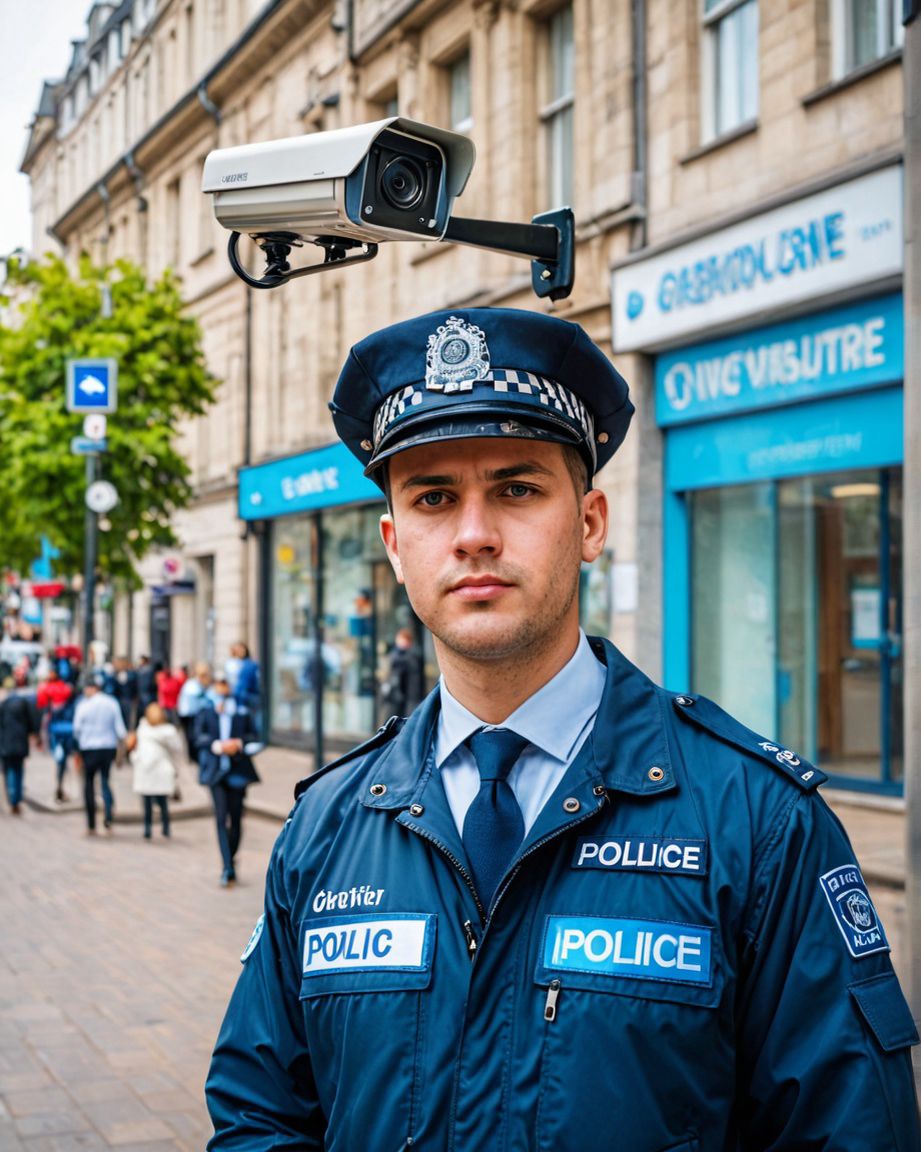
Can Police Identify You from CCTV Footage? Understanding the Capabilities and Limitations
Share
Can Police Identify You from CCTV Footage? Understanding the Capabilities and Limitations
CCTV cameras are a crucial tool in modern law enforcement, often playing a vital role in solving crimes and maintaining public safety. However, there's a common question that many people have: Can police identify you from CCTV footage? The answer isn't as straightforward as one might think. In this blog post, we will explore how CCTV footage is used in police investigations, the technologies involved, and the factors that affect the identification process.
1. How CCTV Footage Aids Police Investigations
CCTV systems provide real-time surveillance and record events as they happen, creating a valuable archive of video evidence. When a crime occurs, police can use this footage to:
- Identify Suspects: By reviewing footage from the scene of a crime, police can look for individuals who may be involved.
- Understand the Sequence of Events: CCTV footage helps reconstruct the timeline of events, providing context and clarity to the investigation.
- Corroborate Witness Statements: Video evidence can support or contradict statements made by witnesses or suspects.
2. Technologies Used in CCTV Identification
Modern CCTV systems are equipped with advanced technologies that enhance the ability to identify individuals:
- High-Resolution Cameras: These cameras capture detailed images that can help identify features such as facial characteristics, tattoos, or distinctive clothing.
- Facial Recognition Software: This technology analyzes facial features and compares them against databases to find matches. It's widely used in public places, airports, and other high-security areas.
- License Plate Recognition (LPR): Cameras equipped with LPR technology can identify and record vehicle license plates, helping to track the movements of vehicles involved in criminal activities.
3. Factors Affecting Identification Accuracy
While CCTV technology has advanced significantly, several factors can affect the accuracy and reliability of identifying individuals:
- Image Quality: Poor lighting, low resolution, and camera angles can all compromise the clarity of footage, making identification challenging.
- Obstructions and Disguises: If a person's face is obscured by masks, hats, or sunglasses, it can hinder facial recognition efforts.
- Privacy Laws and Ethical Considerations: The use of CCTV and facial recognition is subject to privacy laws and regulations, which can limit how footage is used. For example, in the UK, the Information Commissioner's Office (ICO) provides guidelines on the lawful use of CCTV.
4. The Role of Human Analysis
Even with sophisticated technology, human analysis is crucial. Law enforcement professionals often review CCTV footage, using their expertise to interpret the data, make identifications, and build cases. This process involves cross-referencing CCTV images with other evidence and databases, as well as seeking public assistance through media appeals when needed.
Conclusion: The Power and Limitations of CCTV in Identification
While CCTV footage is a powerful tool in law enforcement, it is not infallible. The ability to identify individuals from footage depends on various factors, including technology, environmental conditions, and legal constraints. However, advancements in camera resolution, AI, and facial recognition continue to improve the effectiveness of CCTV in aiding police investigations.
For more information on how CCTV can enhance security, visit our resources on securing different types of homes: semi-detached homes, detached homes, and terraced homes. Be sure to understand the legal guidelines for CCTV usage by checking out the relevant government publications.
If you're considering upgrading your security system or need professional advice, contact Ai CCTV Ltd at 01212881999 or reach out via WhatsApp.
